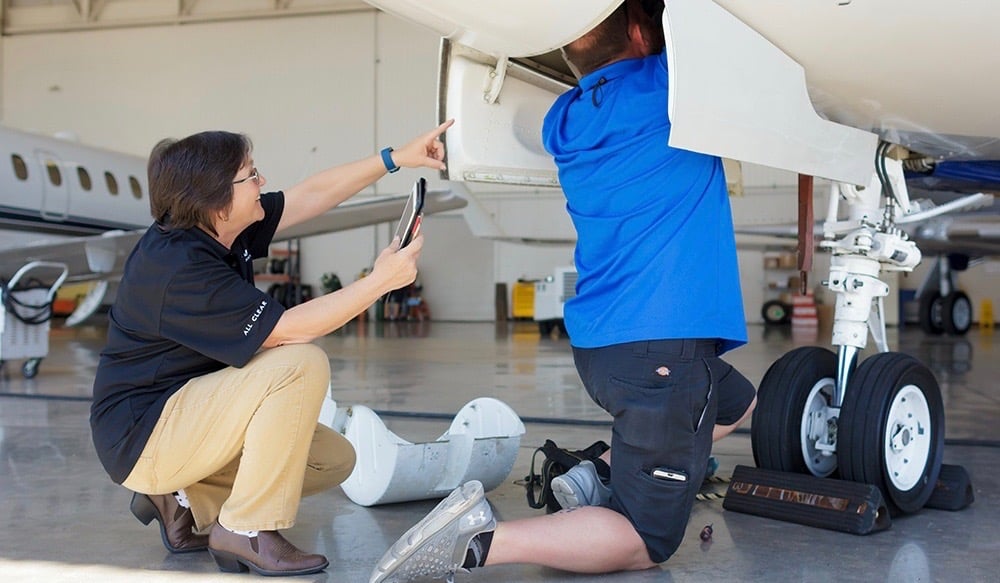1 min read
An Industry Shift In Aircraft Maintenance And Compliance
Veryon : Jul 10, 2018 12:17:00 AM
For an aircraft to maintain it’s status as airworthy, applicable CFR 14 Part 43 regulations must be followed. The rules may vary based on operations and airframe, however, they all have one thing in common – maintenance tracking is required.
The importance of aircraft maintenance tracking
Maintenance records are the lifeblood of the aircraft. They are proof the aircraft has been maintained in accordance with the manufacturer’s documentation as well as FAA or local regulatory guidelines. Good record keeping is imperative for the safe operation of aircraft. Systems and technology are changing exponentially and the importance of ensuring accurate aircraft maintenance records is greater than ever.
Aircraft logbooks for the work accomplished is not only a reflection of the professionalism dedicated to the continued airworthiness of the aircraft but are also a historical record that contributes to the value of the aircraft.

The challenge with manual aircraft maintenance tracking
While maintenance tracking is required, enrolling your aircraft in a maintenance tracking program is not. Many aircraft operators track maintenance with handwritten logbook entries, spreadsheets, and a host of other homegrown applications. Operators who have decided to enroll with a maintenance tracking service are enlisting the aid of a quality control partner. This “partner” collaborates with the operator with the goal of providing safe and reliable aircraft for the operation.
In the past, many OEM’s controlled maintenance tracking in house. Increasingly, the OEM’s have relinquished control of these programs and have allowed third party companies that specialize in the field to provide tracking services.
An industry shift toward aircraft maintenance tracking programs and paperless compliance
In 2006, it was determined that maintenance manuals could not be controlled by the manufacturer to the extent that it forced a customer to utilize a particular maintenance tracking program. Restrictions on maintenance manual usage from the manufacturer could not hinder an owner/operator from maintaining their aircraft in the manner determined by the owner/operator for continued airworthiness. This ruling along with guidance from the FAA regarding ICAs allows for owner/operators to choose the solution that best fits their operations.
Along with the FAA recognition of third party maintenance tracking programs, they also adopted the AC 120-78A which outlined the requirements that would have to be met for an organization to adopt a paperless compliance program. The fact that the FAA has adopted and promoted maintenance tracking programs and paperless compliance is the indicator of the industry shift into a more functional and streamlined approach to maintenance and the compliance required.



